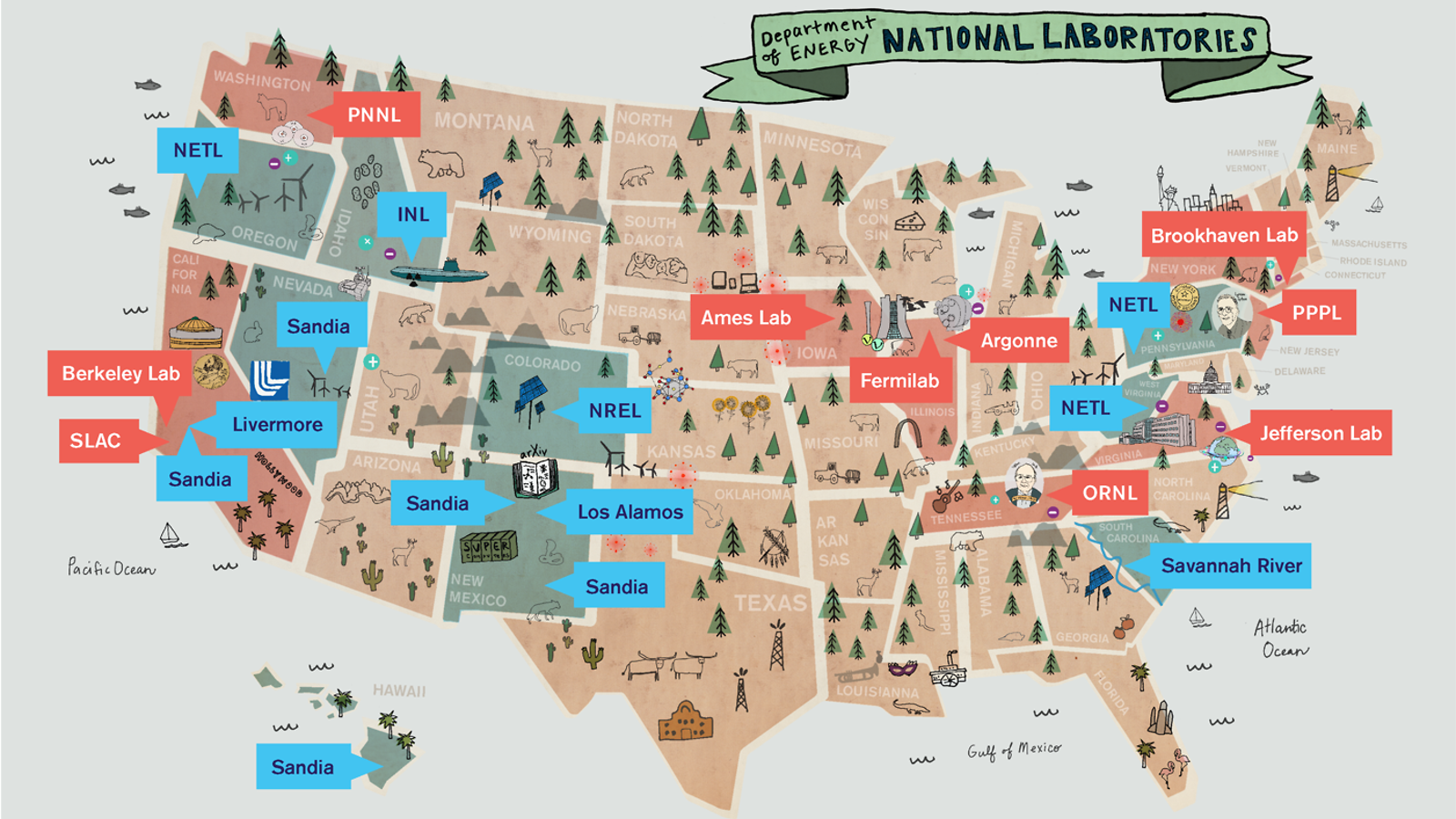June 2024
Dear alumni, friends, and supporters,
At Michigan, we pride ourselves on being a world-leading public research university serving the people of our state and the world. With an annual research volume that exceeds $1.86 billion, our 19 top-ranked schools and colleges are addressing some of the greatest challenges of our time in areas ranging from microelectronics to global infectious diseases to artificial intelligence.
Not only does U-M research advance our understanding, but it also has a significant economic impact — including the disclosure of nearly 600 inventions and the launch of 25 new startups last fiscal year. Many of these companies are based in southeast Michigan, and they range in scope from developing innovative therapies for the treatment of fibrosis to designing technologies that aid in substance abuse monitoring. We are committed to ensuring our research translates to broad societal benefit.
Our recent collaborations with the U.S. Deptartment of Energy’s National Labs have been especially fruitful. U-M is working with Oak Ridge National Lab and several other leading universities on an innovative $11 million initiative to develop advanced batteries and fuel cells for electric vehicles. Research goals include looking at manufacturing techniques using new materials as a means of lowering battery costs and, in turn, reducing vehicle prices, a large factor delaying the widespread adoption of EVs.
Charging the future
Harnessing fusion … and other things
Our researchers are also partnering with Idaho National Lab to enhance the safety and security of nuclear power plants, critical to advancing carbon-free energy solutions. And last month, U-M signed a key agreement with Los Alamos National Lab to develop new computing technologies intended to address some of the world’s most complex challenges, such as harnessing fusion as a limitless source of clean energy.
In addition to our partnerships with these three national labs, U-M maintains strong collaborative research agreements with Argonne National Lab and Fermilab in Illinois, as well as Pacific Northwest National Lab in Washington state. These partnerships are not only sources of discovery and innovation but also enhance our knowledge ecosystem, creating new opportunities for our students and faculty.
Separate from our work with national labs, our research enterprise recently achieved a significant milestone. The Institute for Social Research has received the largest research grant ever awarded to the University, amounting to nearly $195 million. This grant, provided by the National Institute on Aging, will support the continuation of the Health and Retirement Study through 2029. This pivotal study, involving about 20,000 participants aged 50 and older, has become the gold standard in multidisciplinary aging research, providing invaluable insights that help shape public policy and improve individual and familial outcomes.
Thank you for your continued support and dedication to our mission. Together, we are advancing knowledge, shaping the future, and making a difference for Michigan.
With warm regards,
Santa J. Ono, PhD
President
(Lead image: The U.S. Department of Energy has nurtured hubs of innovation in the United States for more than eight decades. This is an interactive map from Symmetry magazine pointing out where the labs exist. Discoveries made at the national laboratories have saved lives, solved mysteries of nature, improved products, transformed industries, and served as a training ground for students who go on to pursue careers in science and technology. The illustration is by Sandbox Studio, Chicago.)




Cletus Bost - 1971 and 1978
What about all the nuclear engineering work in Todd Allen’s department?
UofM Nuclear is the number one nuclear department in the world.
Mel Bost
Reply
Cletus Bost - 1971 and 1978
The International Nuclear Symposium at Ann Arbor in November 2024 will be the gold standard for nuclear research into the wicked problems and sociotechnical issues for a nuclear future.
Reply